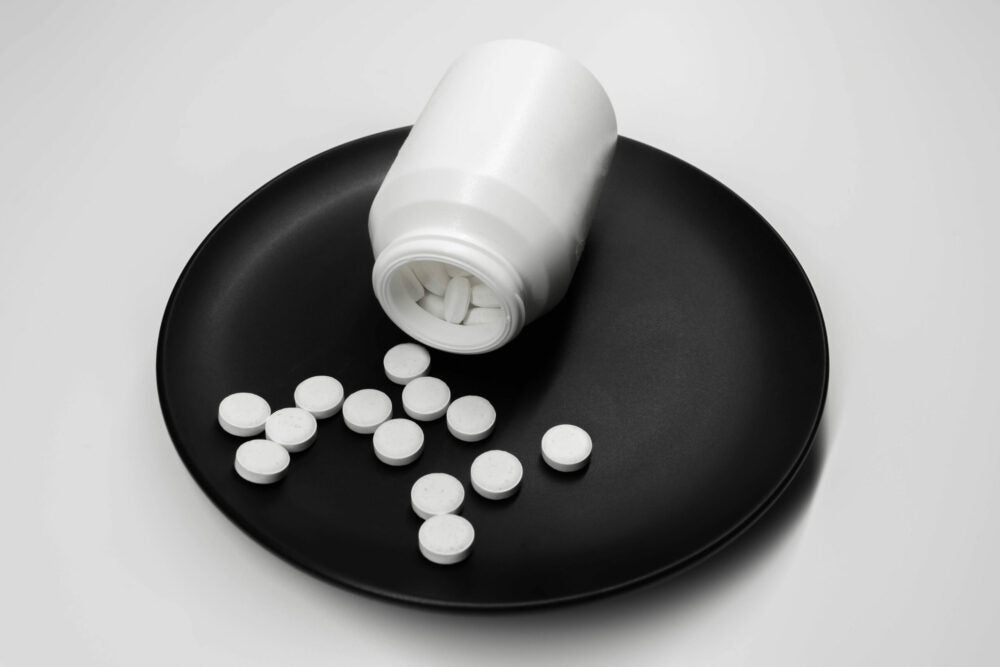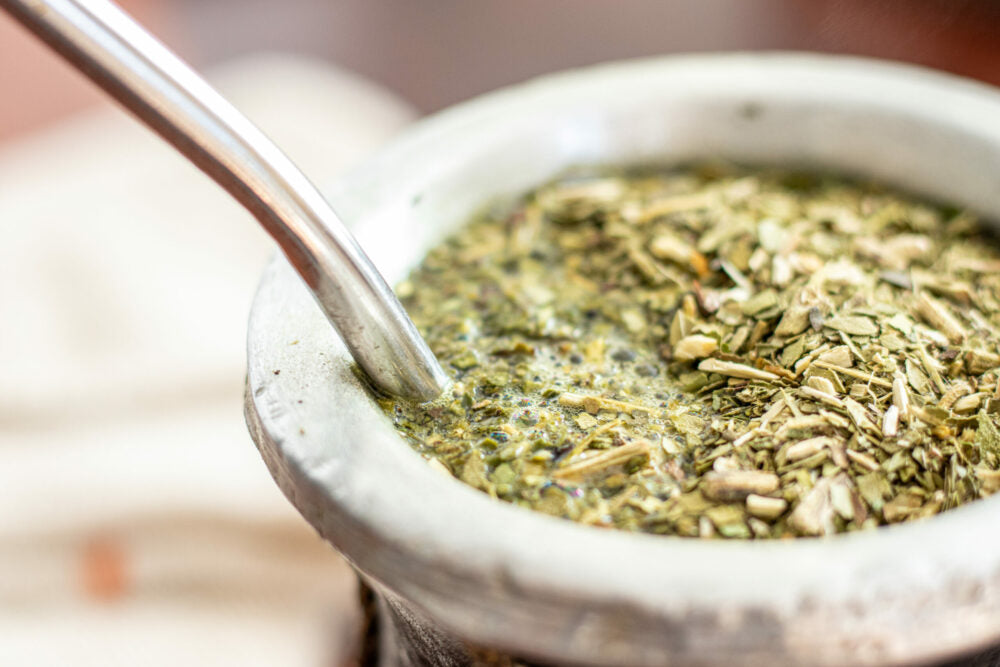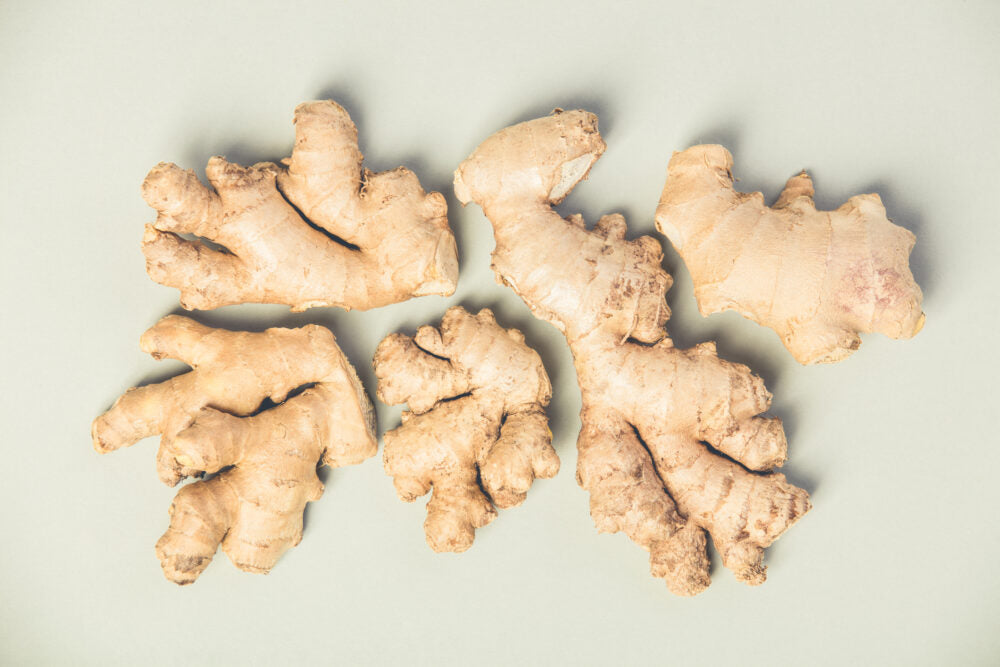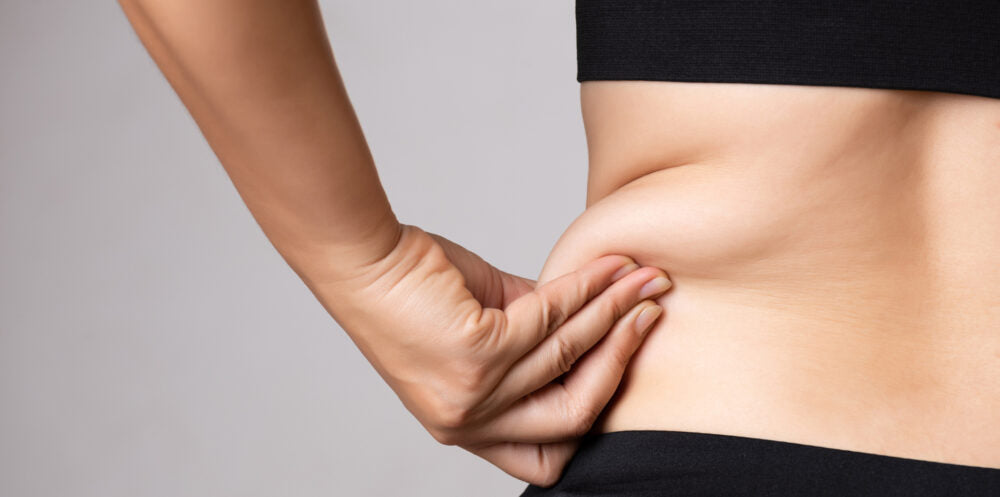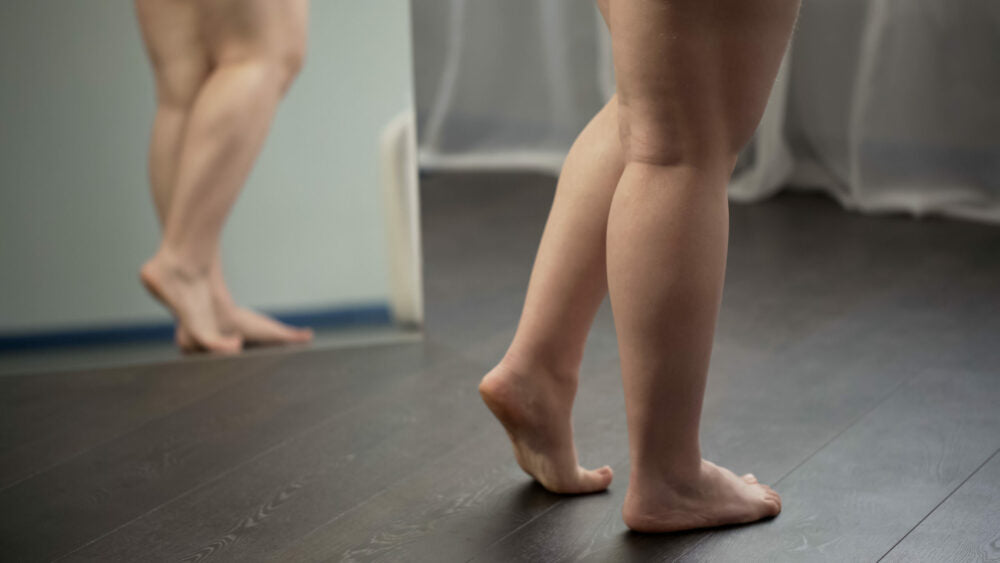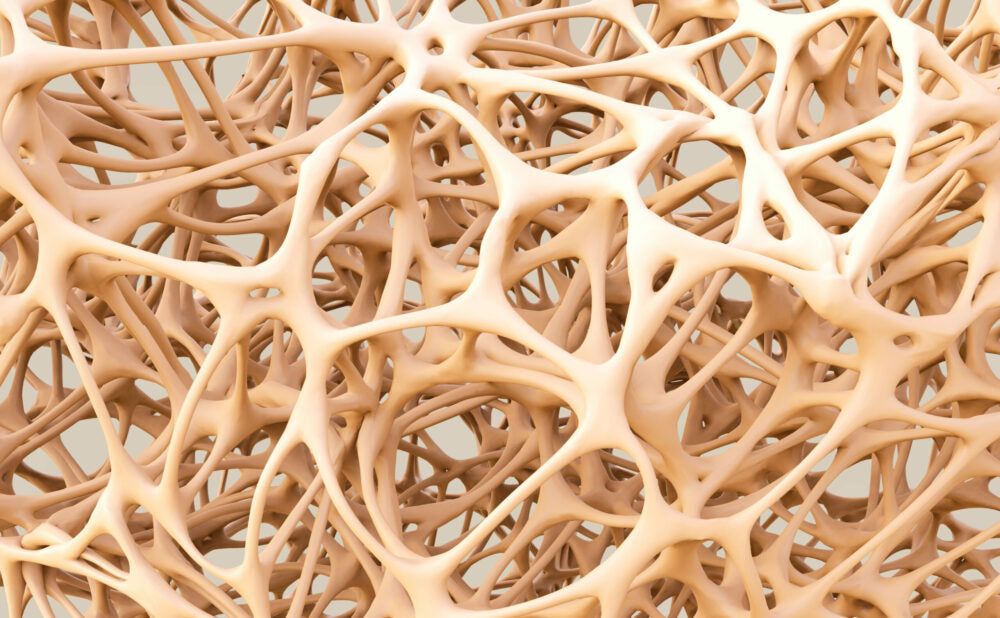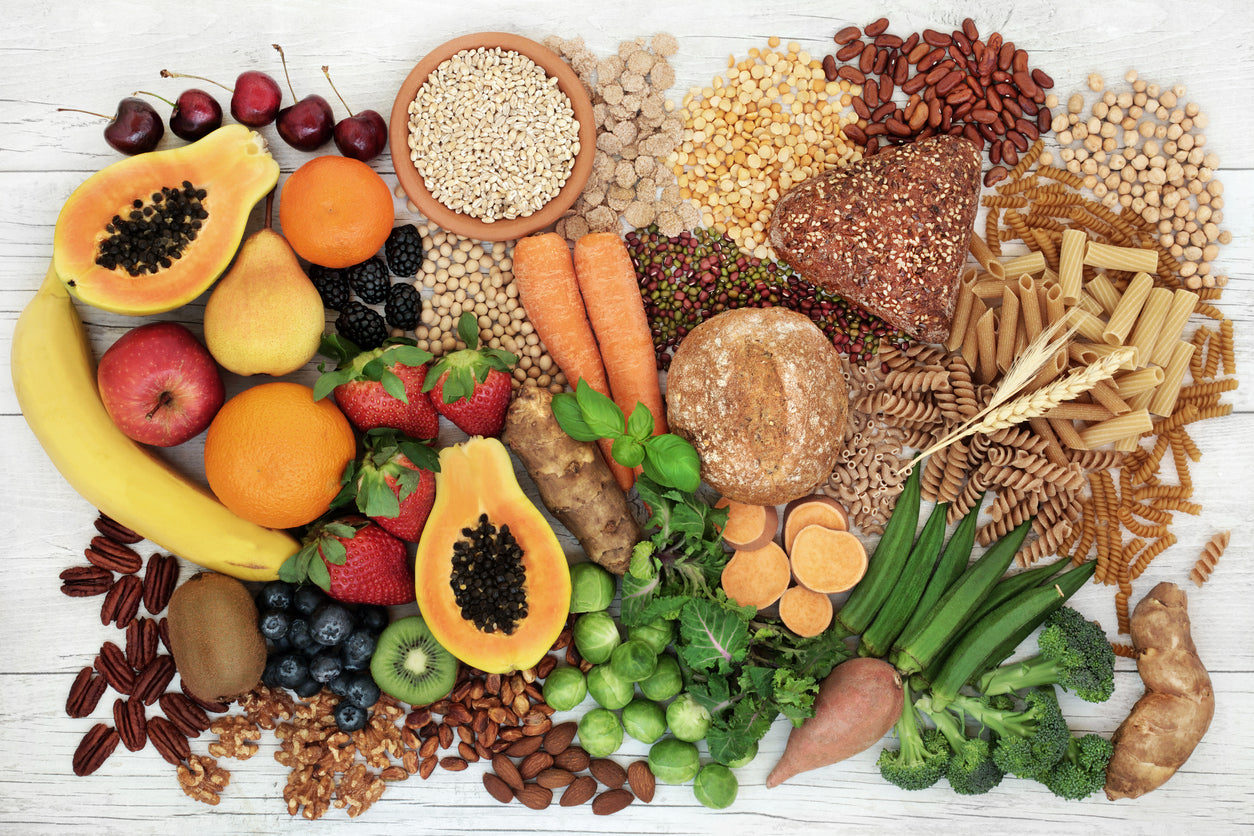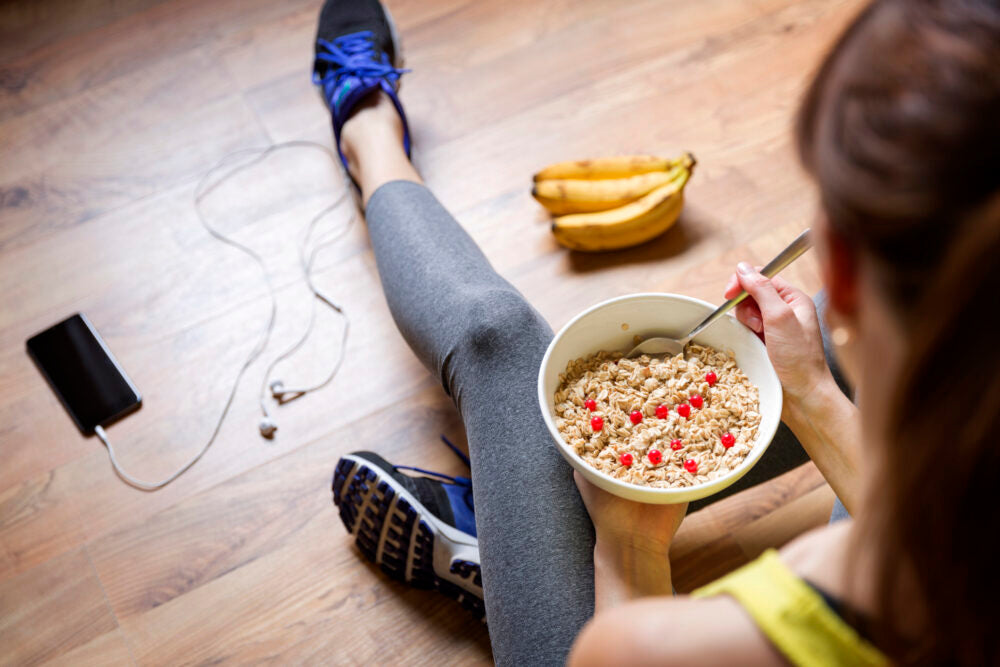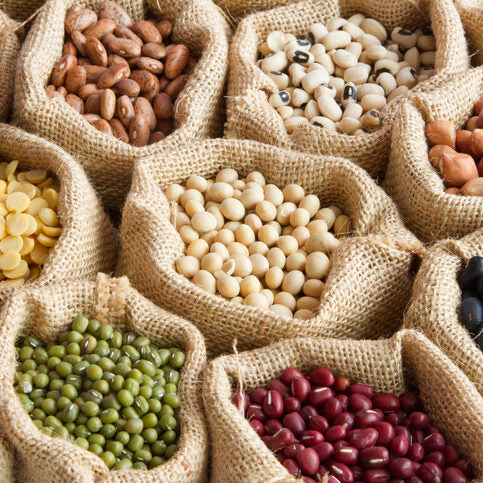Úvod
Nadváha je nezávislým prediktorom kardiovaskulárnych ochorení (CVD) – hlavnej príčiny smrti a invalidity v západných spoločnostiach. O zmenách u žien po menopauze s nadváhou je známe veľmi málo, pretože všetky predchádzajúce štúdie boli vykonané u mužov a žien pred menopauzou. Ženy po menopauze sú vystavené zvýšenému riziku KVO; Úlohu zohráva nedostatok estrogénu, aterogénny lipidový a lipoproteínový profil a distribúcia tuku. Osteoporóza je ďalšou hlavnou príčinou morbidity a mortality v tejto skupine. Dôsledky redukcie hmotnosti z diéty, s cvičením alebo bez neho, na kosti pri osteoporóze nie sú známe. Cieľom teda bolo študovať účinky energeticky reštriktívnej diéty, s cvičením alebo bez cvičenia, na zloženie tela, hlavné kardiovaskulárne rizikové faktory a kosti u žien po menopauze s nadváhou.
Metódy
V longitudinálnej klinickej štúdii bolo 121 zdravých žien po menopauze s nadváhou (vek 53,8 ± 2,5 roka, BMI 29,7 ± 3,1 kg/m2) náhodne rozdelených do 3 skupín: kontrola, diéta 4 200 kJ/d alebo diéta 4 200 kJ/d s kombinovaným aeróbnym a anaeróbnym cvičením. Diéta pozostávala z povinného základu formulovanej diéty NUPO 1,6 MJ denne (VLCD) kombinovanej s dodatočnou spotrebou energie do 2,6 MJ z voľne vybranej stravy podľa „systému pultovej diéty“. Zloženie tela (merané pomocou röntgenovej absorpciometrie s dvojitou energiou), distribúcia tuku, pokojová rýchlosť metabolizmu, krvný tlak, sérové lipidy a lipoproteíny, hustota kostných minerálov a markery kolagénu a kostného obratu sa merali pred a po 12 týždňoch intervencie.
Výsledky
Štúdiu dokončilo sto osemnásť žien. Priemerný úbytok telesnej hmotnosti (9,5 kg oproti 10,3 kg, NS) bol v intervenčných skupinách podobný, ale v porovnaní so skupinou s diétou schudla skupina s diétou a cvičením viac tuku (7,8 kg oproti 9,6 kg, p ≤ 0,001) a žiadna hmota netučného tkaniva (1,2 kg oproti 0,0 kg, p ≤0,001). Pokojová rýchlosť metabolizmu (na kg hmotnosti) bola zvýšená v skupine s diétou a cvičením v porovnaní s kontrolnou skupinou (11 % oproti 4 %, p≤0,009). Hladiny sérových triglyceridov, celkového cholesterolu, lipoproteínu s nízkou hustotou a lipoproteínu s veľmi nízkou hustotou sa znížili a pomer lipoproteínu s vysokou hustotou k lipoproteínu s nízkou hustotou sa zvýšil o 20 % až 30 % v oboch intervenčných skupinách v porovnaní s kontrolná skupina (p≤0,001). Systolický krvný tlak klesol a pomer obvodu pása k bokom a brušný tuk k celkovému telesnému tuku sa znížil v oboch intervenčných skupinách v porovnaní s kontrolnou skupinou (10 % p≤,003 a 3,5 %, p≤0,0001). Medzi skupinami neboli žiadne konzistentné veľké rozdiely, pokiaľ ide o zmeny v celkovej telesnej hustote, kostnej minerálnej hustote chrbtice alebo predlaktia alebo v markeroch kolagénu a kostného obratu.
Záver
Dospeli sme k záveru, že u žien po menopauze s nadváhou pridanie kombinovaného aeróbneho a anaeróbneho cvičenia k diéte s vysokým obsahom bielkovín a s obmedzením energie zachováva hmotu netučného tkaniva, podporuje fyzickú kondíciu a zvyšuje pokojový metabolizmus a stratu tuku. Diéta s cvičením alebo bez neho viedla k výraznému zlepšeniu sérových lipidov a lipoproteínov, krvného tlaku a distribúcie tuku. Zdá sa, že strata hmotnosti spôsobená diétou, či už s cvičením alebo bez neho, nemá žiadny zásadný škodlivý vplyv na kosti.
Pre celú štúdiu kliknite sem .
